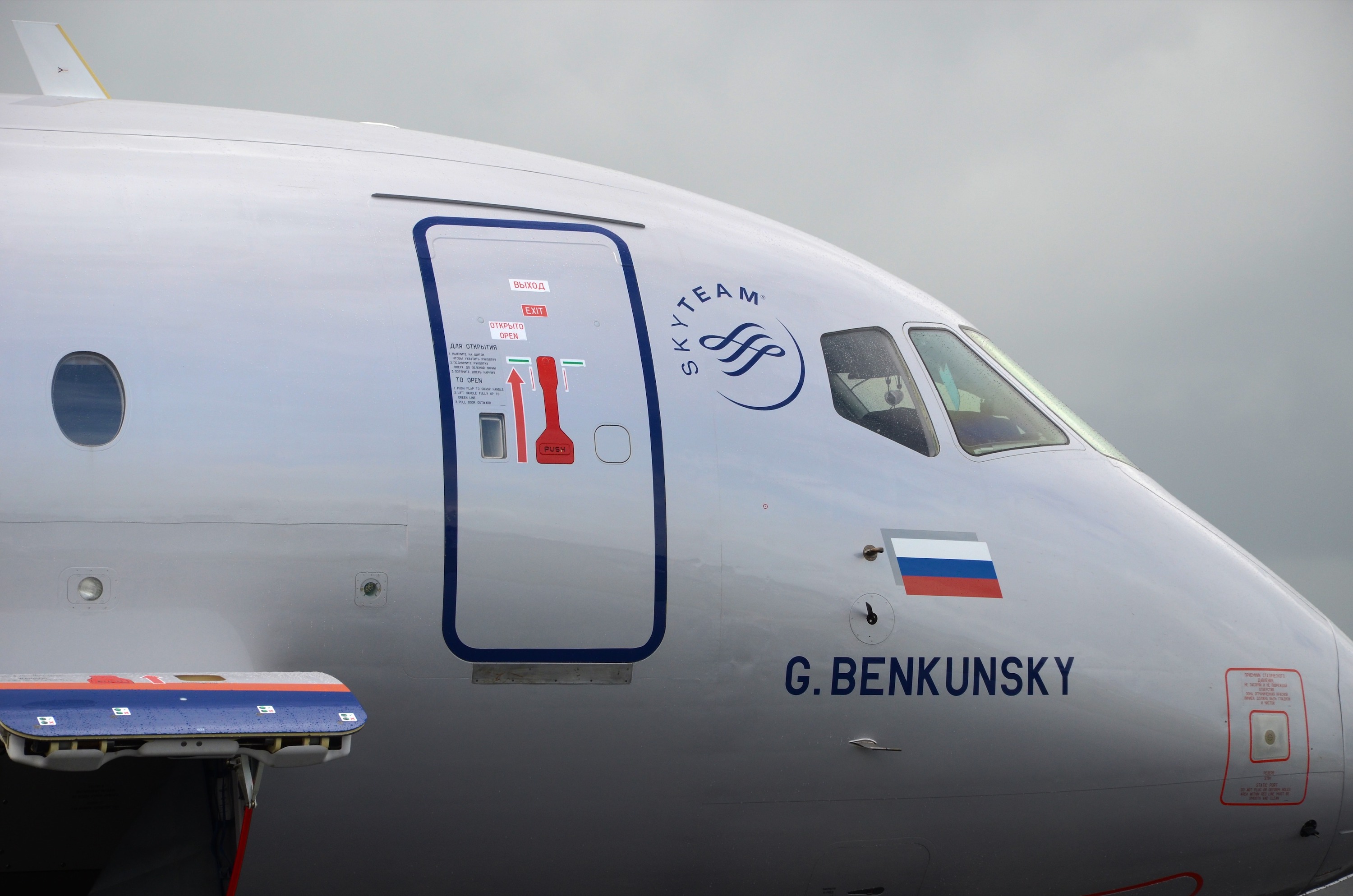Log-in here if you’re already a subscriber
In the first days after Russia’s invasion of Ukraine, commercial aviation was the first weapon in the western world’s response.
The U.K. on Thursday quickly banned Aeroflot and Russian owned or chartered aircraft from its airspace and more than dozen countries followed suit. On Friday, Delta Air Lines dropped its code from Aeroflot flights, its Skyteam partner, while Europe moved to block the sale of parts and services to Russian airlines and FedEx and UPS suspended service to the country. By Sunday, Russian airlines and business aircraft were banned from the airspace over the whole of the European Union. In retaliation Monday, Russia banned air traffic from 36 nations from its airspace.
Related: Ukraine-Russia conflict could derail global aerospace
It has been a long, possibly inevitable, road to this moment. The March 2014 annexation of Crimea from Ukraine by Russia was an inflection point, an early marker on the path to the invasion we see today. The July 2014 shoot-down of Malaysia Airlines Flight 17 over eastern Ukraine defined the early spillover on aviation’s world stage.
The U.S., Canada and Europe set about proffering sanctions on Russian industry, forcing its civil aircraft programs, the Sukhoi Superjet and Irkut MC-21, to decouple from western aerospace and redesign their aircraft with Russian materials, systems and propulsion.2 Canadian restrictions revived a domestic turboprop in the updated IL-114-300. If Russia was going to have a civil aviation industry, it would have to do it alone.
Yet, from 2003 to 2014, global aviation existed on a landscape of unprecedented industrial openness between east and west. For a brief moment the world looked borderless. The globalized ideal, a resurgent and innovative Russian civil aircraft industry and a nascent Chinese one, was seeded in partnership with technology created by the U.S., Europe and Canada, ultimately for the benefit of air transport globally.
Supply chains stretched deep into Russia and China, delivering customers and capital to civil aerospace manufacturers. And across the planet, Open Skies agreements proliferated and a new generation of aircraft enabled the affordable and largely unfettered movement of people.
Related: China’s civil aircraft projects face derailment with new U.S. restrictions
Denial of aviation is a weapon that predates the 21st century battlefield. Yet, with the return of war to Europe, it is also aviation’s Achilles’ heel. With it comes a cascading series of immediate and longer term consequences in the skies as commercial and industrial links are quickly broken after decades of cultivation following the fall of the Soviet Union.
The effects will be felt far beyond Eastern Europe, deepening the fragmentation of the global aviation landscape. A return to 2019 levels of flying, global civil aviation’s peak, is only pushed deeper into an uncertain future after two years of a pandemic and now a war. While some regions and sectors will establish new peaks, peace and stability, the structural enablers of reaching that point again globally, are today severely damaged.
Continue Reading...Subscribe to Continue Reading
Our award-winning aerospace reporting combines the highest standards of journalism with the level of technical detail and rigor expected by a sophisticated industry audience.
- Exclusive reporting and analysis on the strategy and technology of flying
- Full access to our archive of industry intelligence
- We respect your time; everything we publish earns your attention


